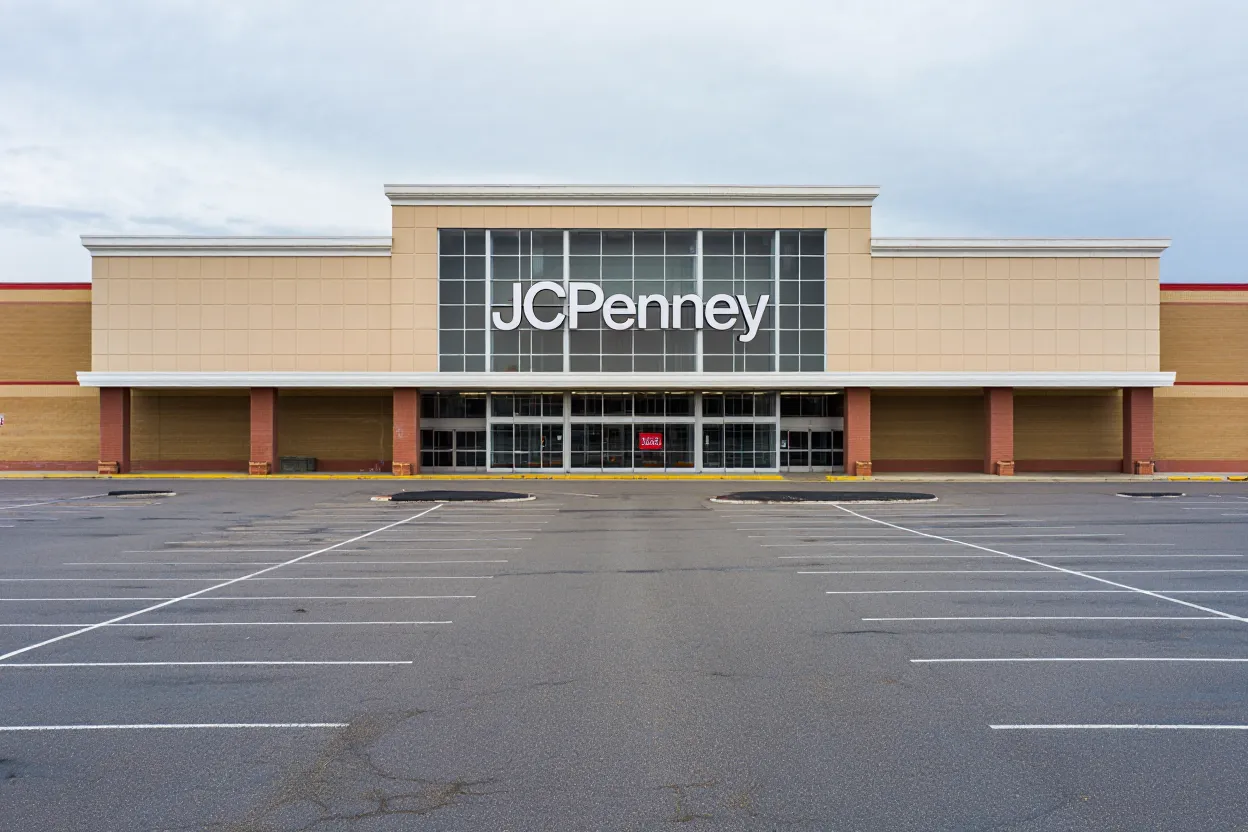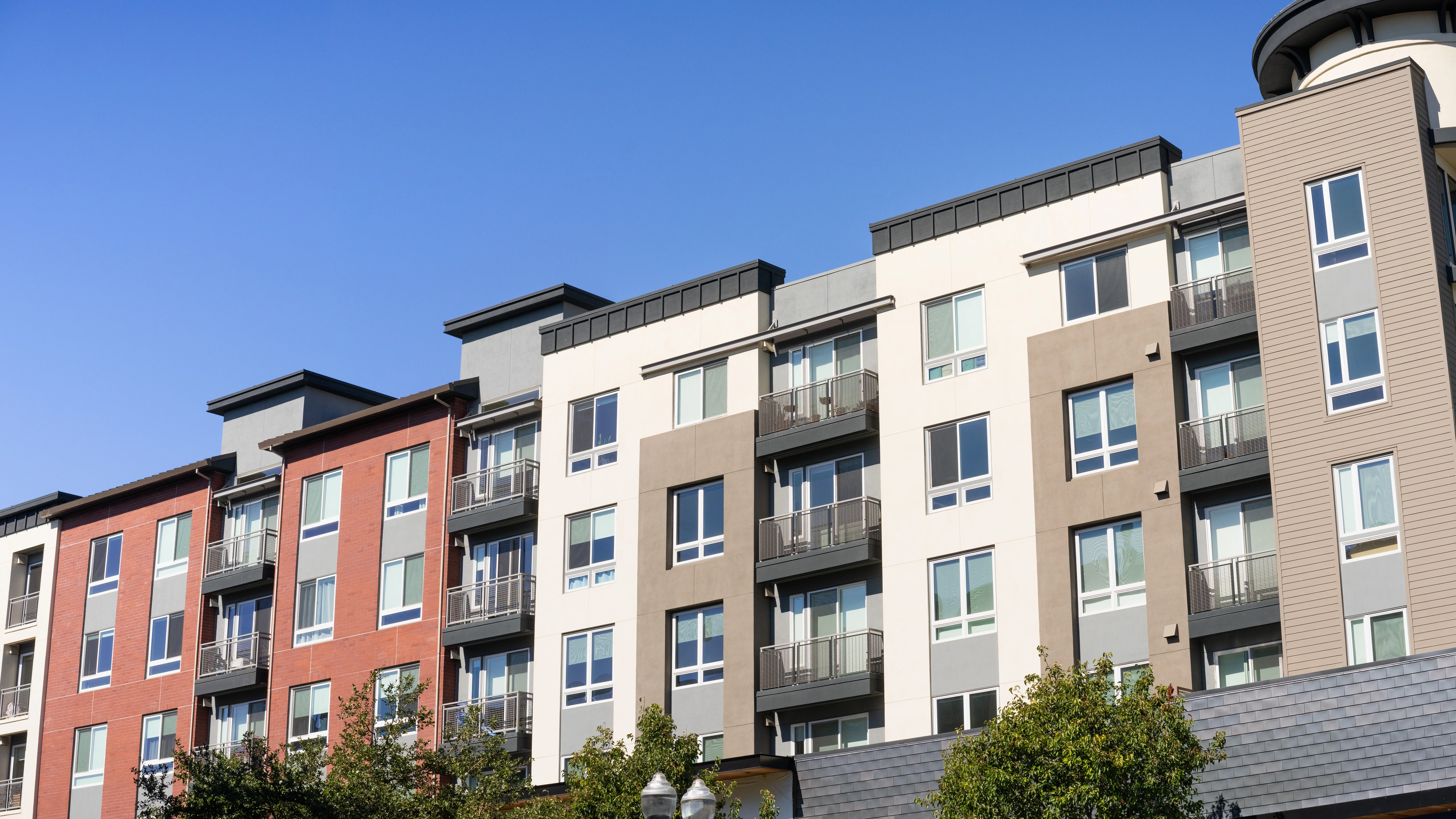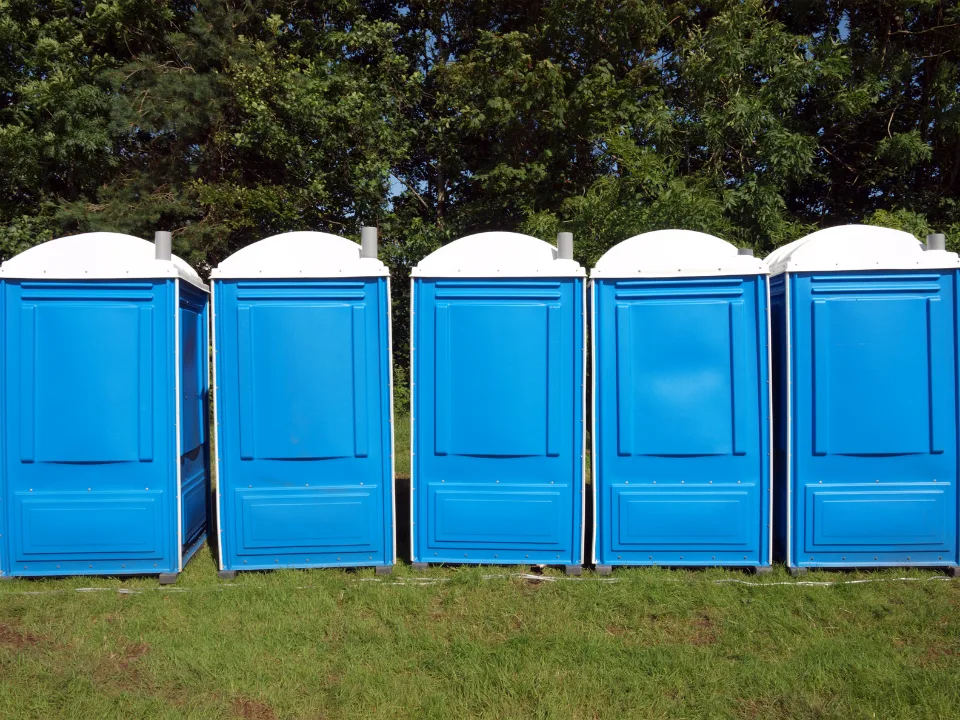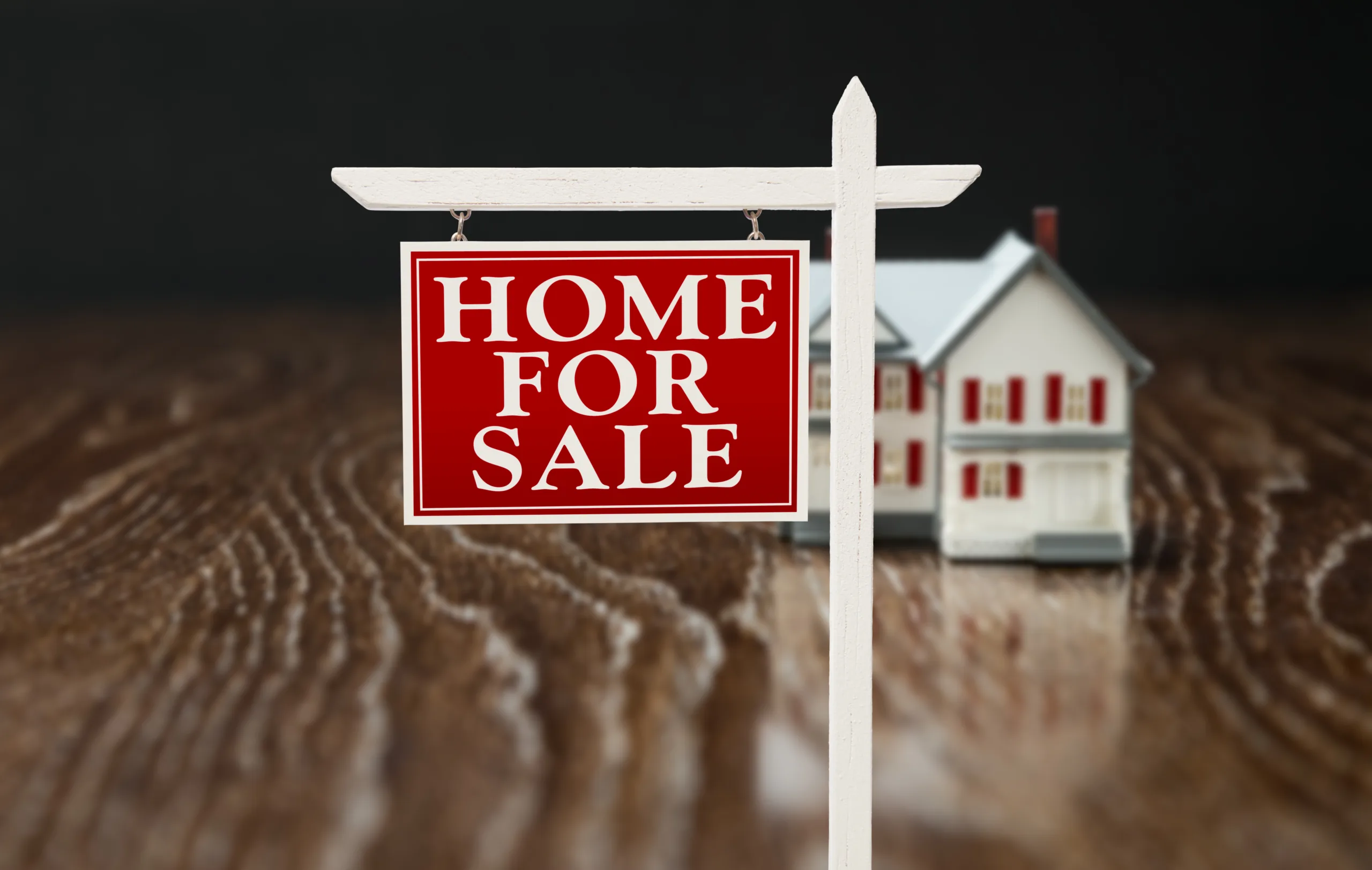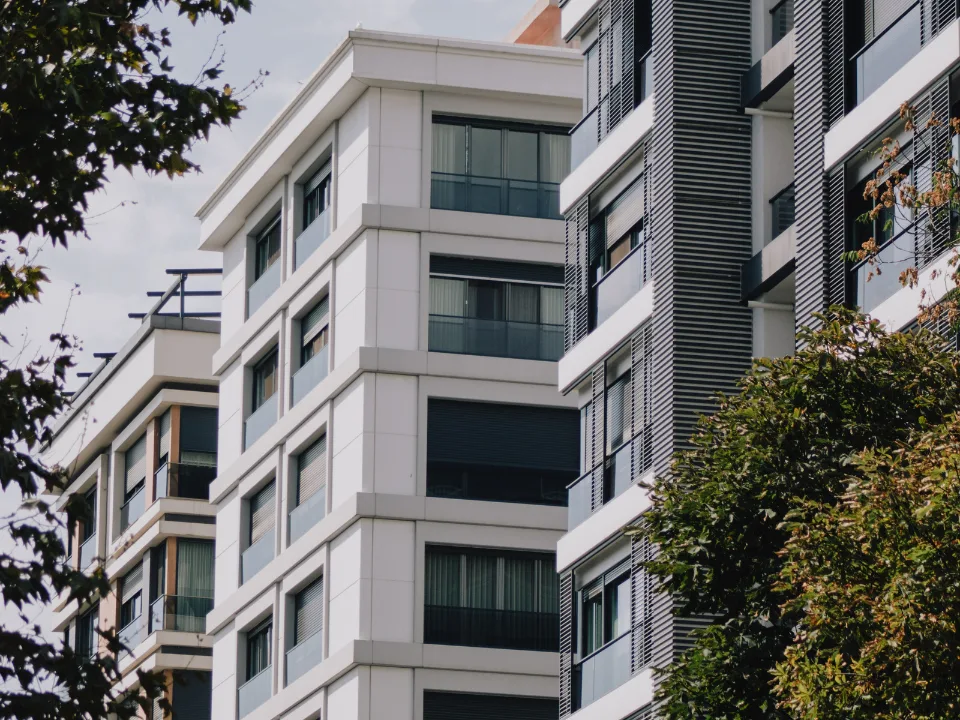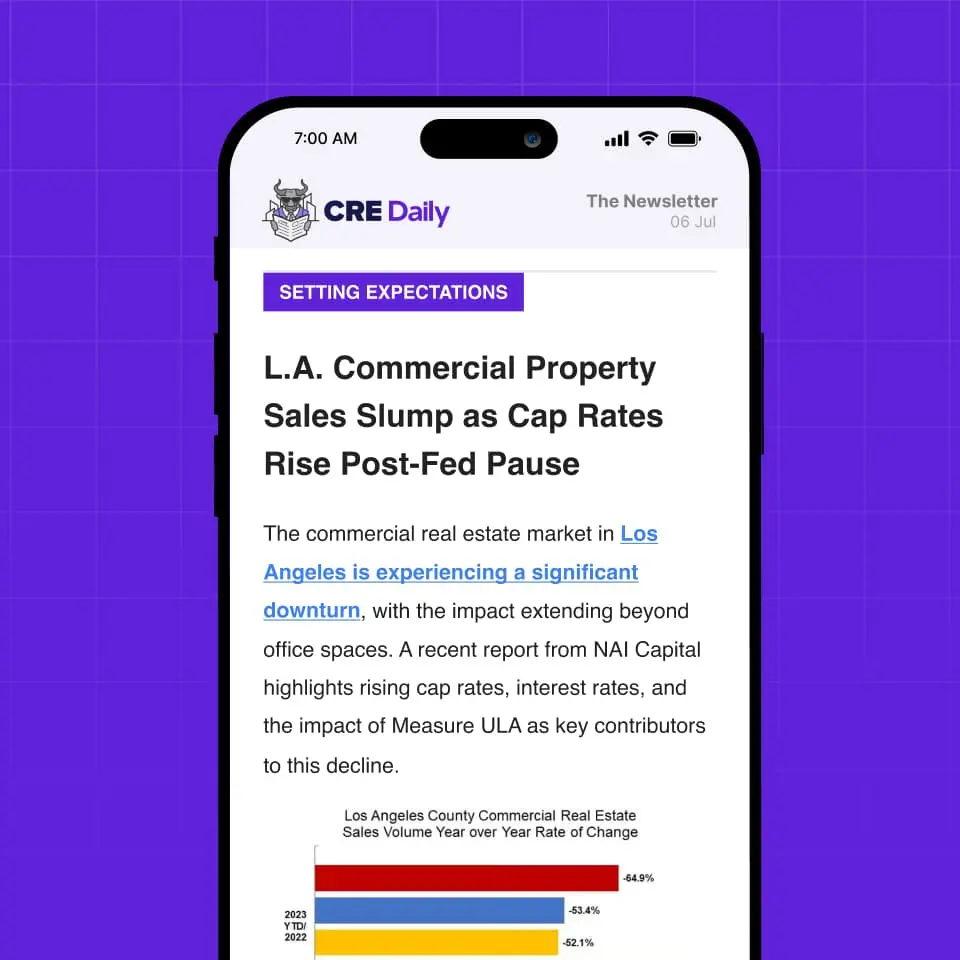- Median US apartment rents rose 2.6% year-over-year in August to $1,790, the strongest growth since summer 2022.
- Construction is slowing sharply, with the annual rate of apartment starts down 45% from last year, helping landlords regain pricing power.
- Rent increases were strongest in Chicago, San Jose, and Philadelphia, while Austin, Louisville, and Jacksonville saw declines.
A Turnaround in Sight
After two years of stagnation and decline, the rental market is showing renewed strength, per Globe St. In fact, Redfin reported that median US multifamily rents climbed to $1,790 in August, a 2.6% increase from a year earlier and just $70 shy of the record set in April 2022. Moreover, rents also rose 0.3% from the prior month, marking the third consecutive gain.
Why Rents Are Rising
The drivers behind the rebound are clear. According to Redfin senior economist Sheharyar Bokhari, strong rental demand—fueled partly by the high costs of homeownership—is colliding with a slowdown in supply. Consequently, landlords are regaining leverage to push rents higher.
At the same time, developers are pulling back. Due to elevated financing costs, construction expenses, and weaker investor appetite, the pace of new apartment building has slowed dramatically. As a result, the seasonally adjusted annual rate of new construction fell to 385,000 units in July, nearly half the 705,000 rate recorded in August 2024. Since the pandemic, the number of construction permits has also declined by about 20%.
A Market Shift from Earlier Reports
These findings mark a clear departure from reports earlier this year. For example, Realtor.com noted in May that rents had declined for 22 straight months, while Zillow in June highlighted record landlord concessions. However, CBRE’s 1Q 2025 multifamily report had already hinted at a turning point, pointing to stronger absorption, lower vacancy, and rising rents. Therefore, Redfin’s latest numbers appear to confirm that the market is firmly rebalancing.
Get Smarter about what matters in CRE
Stay ahead of trends in commercial real estate with CRE Daily – the free newsletter delivering everything you need to start your day in just 5-minutes
Where Rents Are Rising Fastest
The effects, however, vary widely across metros. Chicago led the nation with a 10.7% increase, pushing median rents to $2,275. Similarly, San Jose saw a 10.6% jump, while Philadelphia (+9.9%), Pittsburgh (+9.8%), and Washington, DC (+8.7%) also posted robust gains. By comparison, rents in Boston rose a healthy 8%.
Not all markets shared in the upswing. In contrast, Austin posted a 3.1% decline, while Louisville and Jacksonville slipped 2.4% and 1.9%, respectively.
Rents also diverged by apartment size. Specifically, studios and one-bedrooms climbed 4.4%, two-bedrooms rose 3.6%, yet three-bedroom units remained flat.
Why It Matters
The renewed momentum underscores how falling construction pipelines are shifting bargaining power back to property owners. Consequently, investors may find more stability in multifamily than they did over the past two years. Moreover, because multifamily already represents the largest share of CRE investment activity, rising rents could further strengthen its appeal moving forward.
What’s Next
Looking ahead, the outlook suggests continued upward pressure on rents into 2026. Unless construction ramps up significantly, supply will remain constrained while affordability challenges keep many households in the rental market. Therefore, landlords may continue to scale back concessions, and investors could see stronger returns. According to Savills, the multifamily sector’s resilience positions it as one of the most attractive asset classes in today’s CRE landscape.


